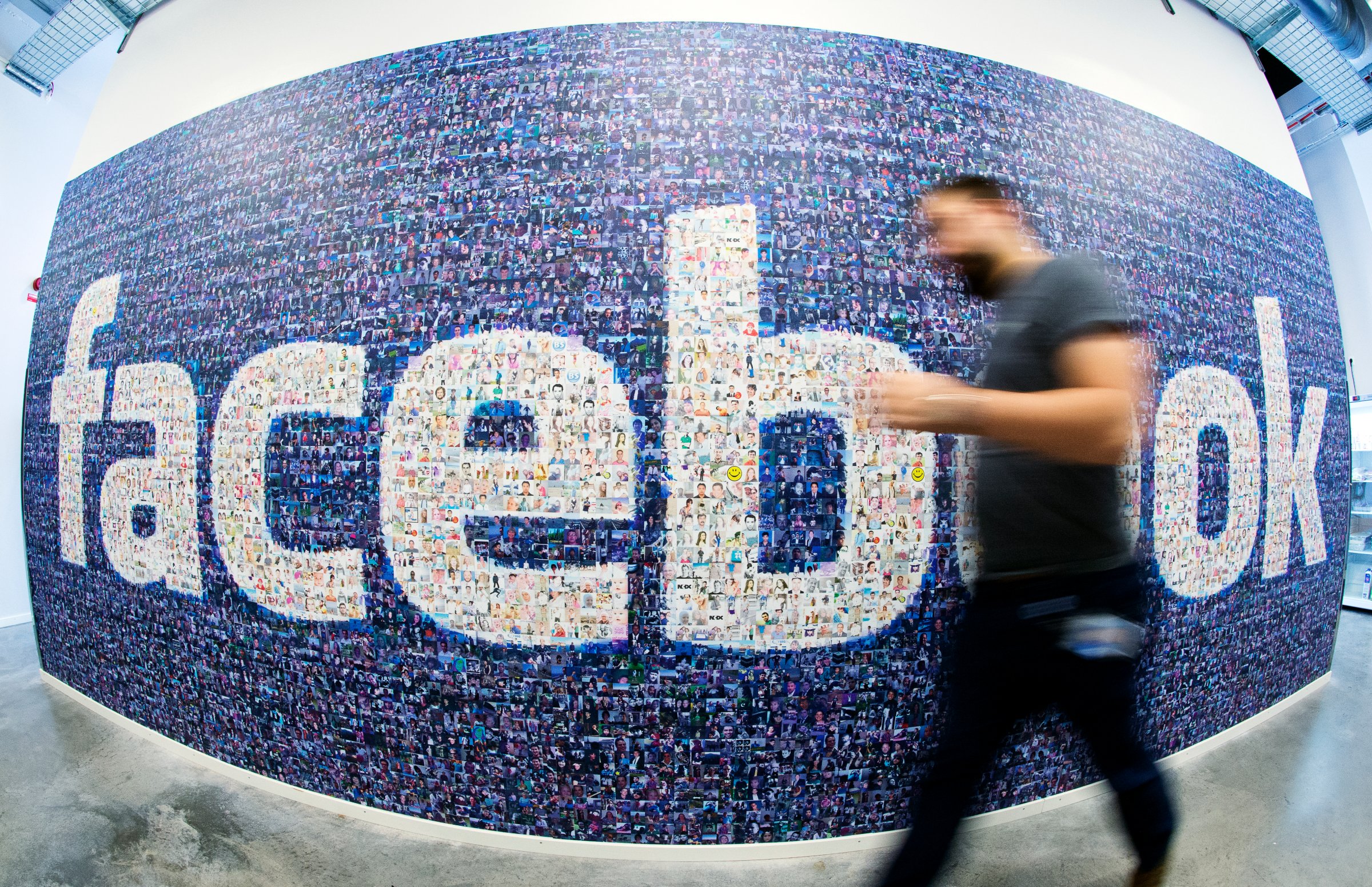
Another quarter, another chance for Facebook to easily beat Wall Street’s expectations. The world’s largest social network now has 1.35 billion monthly active users, and it generated $3.2 billion in revenue and more than $800 million in profit from them in the third quarter. Facebook’s woes trying adapt its business to mobile now seem like a distant memory, as mobile now makes up two-thirds of the company’s ad revenue. (Despite this success, Facebook’s stock is down more than 10% in after-hours trading after the company said it expects expenses for the year to outpace initial forecasts, though it remains to be seen how the stock will behave after investors have had a night to process the news.)
Twitter, Facebook’s most direct competitor, is having a very different week. The company’s stock plunged 10% after it released its quarterly earnings report Monday, not because of the company’s paltry profits—investors don’t expect the social network to make much money in the near term—but rather because Twitter increasingly looks like it won’t be able to approach anything near Facebook’s scale. Twitter added 13 million monthly active users during the quarter, for a total of 284 million. Facebook added about 30 million, and it will probably continue to increase the gap for the foreseeable future.
There are several reasons Twitter’s user and financial growth is trailing Facebook’s. For one, Facebook’s users are much, much more engaged with their social network than Twitter’s. Less than half of Twitter’s users visit the site daily in its top 20 markets, compared to 63% for Facebook globally. The number of timeline views each Twitter user sees also decreased during the quarter, both year-over-year and compared to the second quarter. Twitter just has not proven itself to be a necessity in its users’ lives to the same extent Facebook has.
As a business, Twitter also lacks Facebook’s monetization opportunities. Twitter ads mostly hew to the typical 140-character format, though some have images. Facebook, meanwhile, successfully managed to make auto-playing video a staple in users’ News Feeds this year and is slowly experimenting with using the format for ads, which are sure to command a high price. More broadly, Facebook says its ads can be highly targeted because its users disclose their true identities and countless data points about their lifestyles and preferences. Twitter’s view of its mostly anonymous users is relatively opaque by comparison.
This Is What Your Facebook Profile Looked Like Over the Last 11 Years
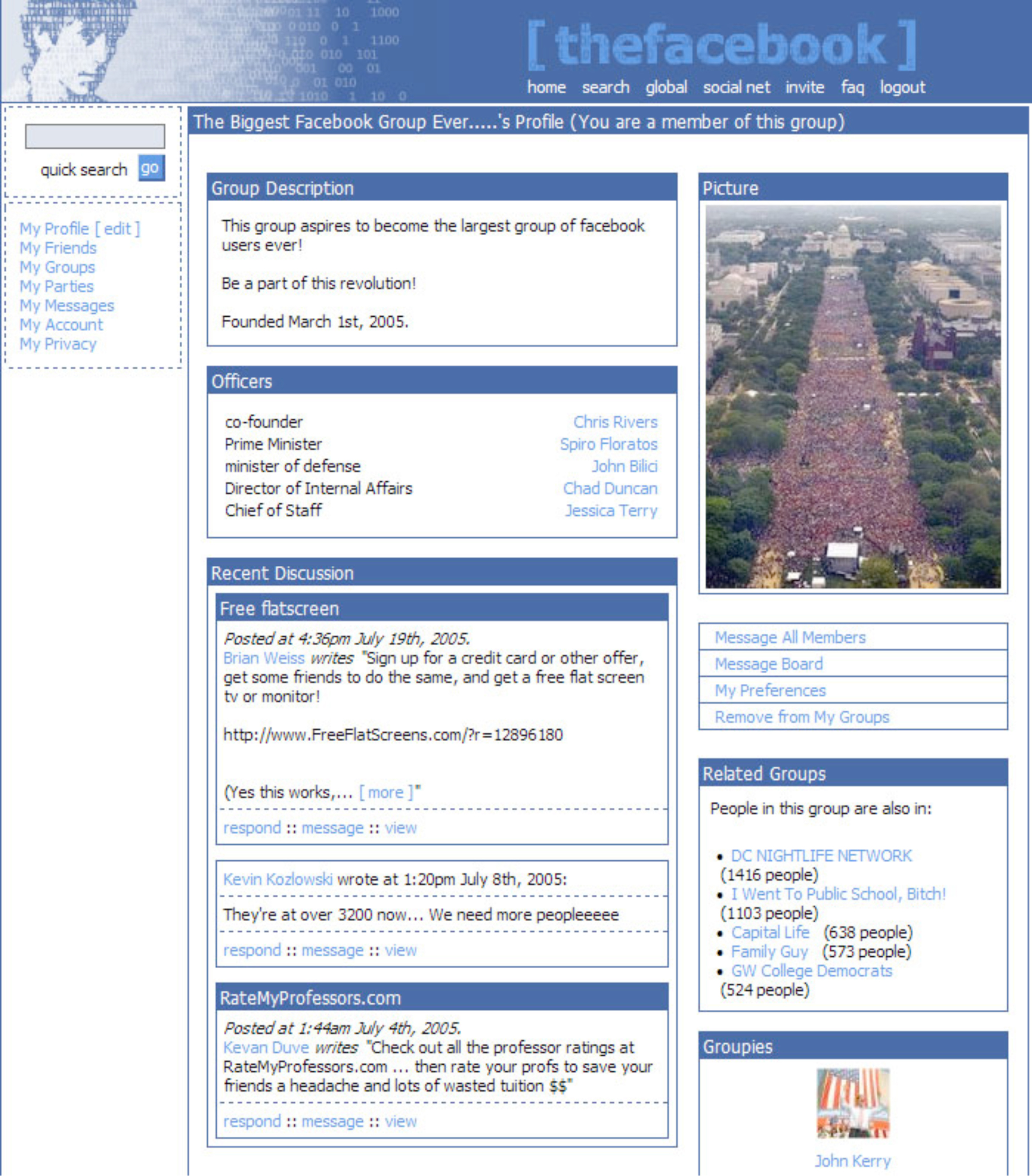
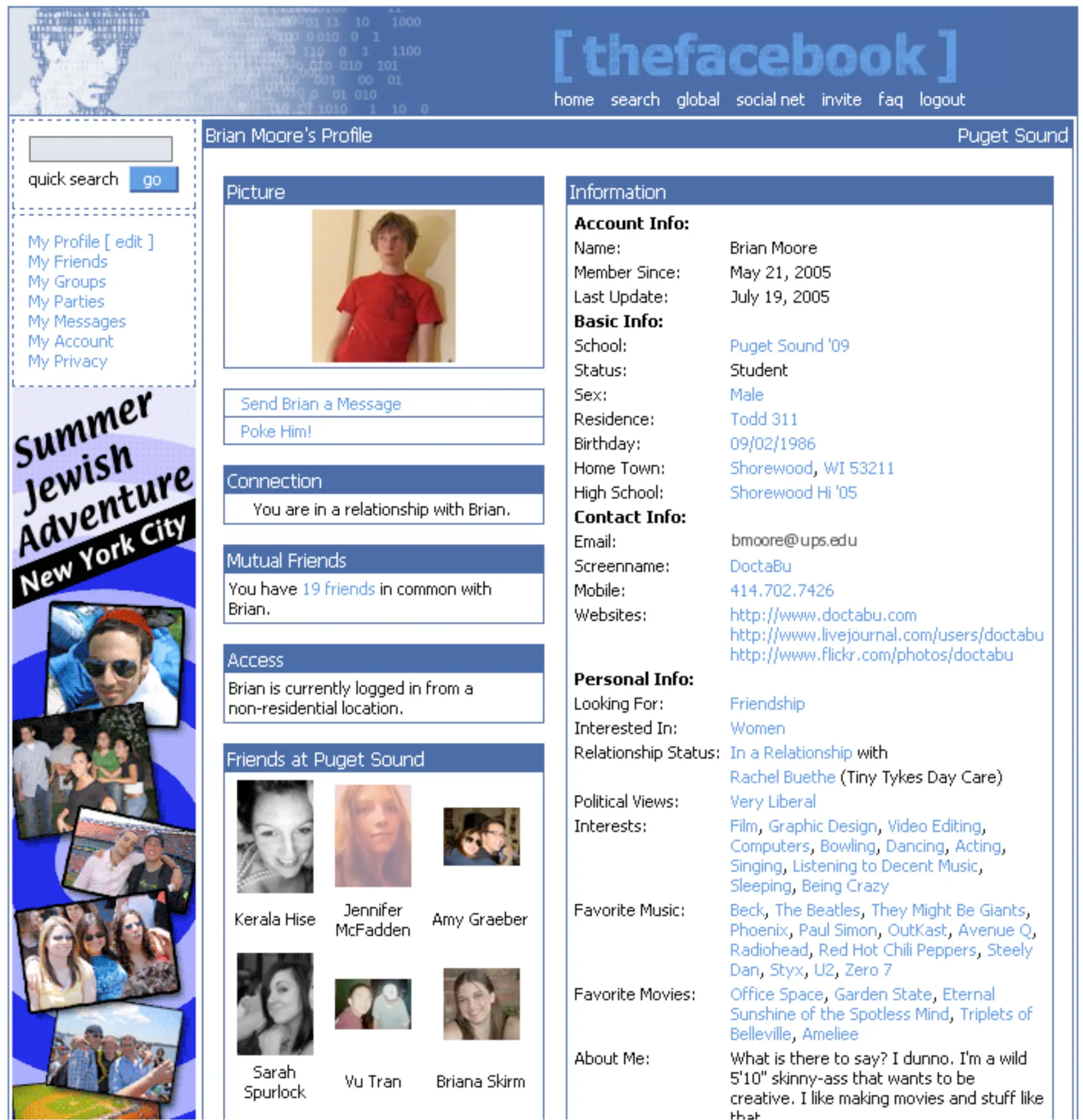
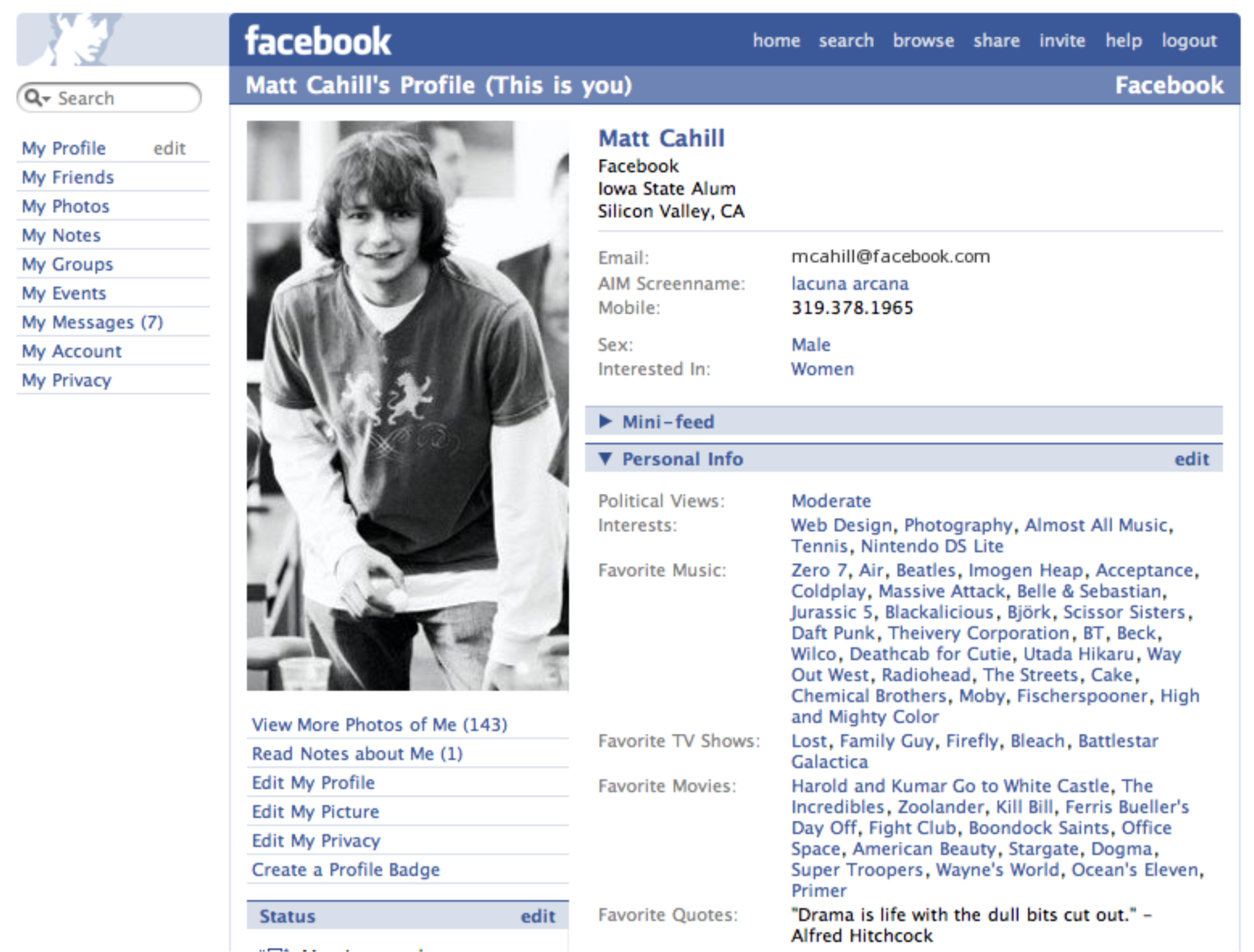

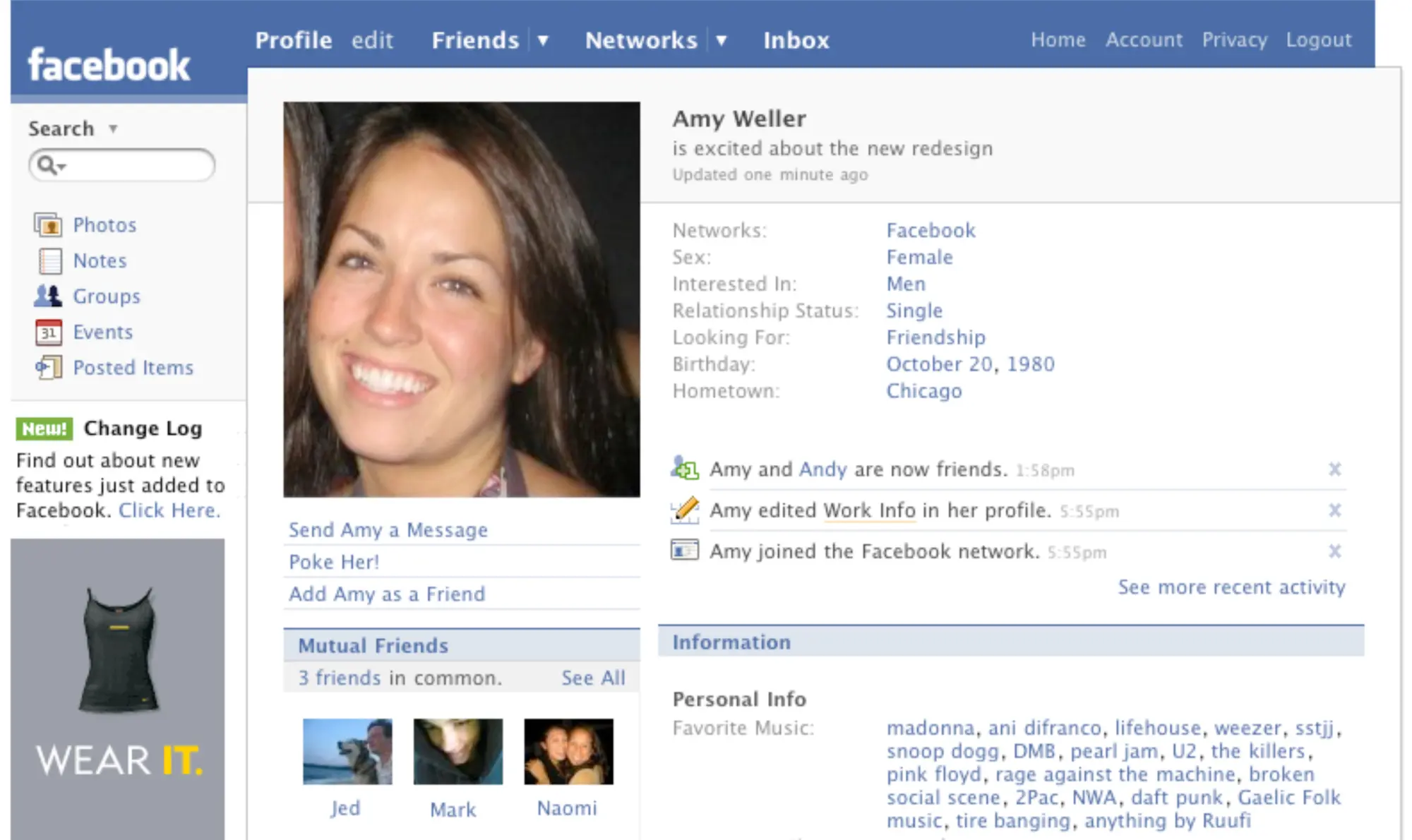

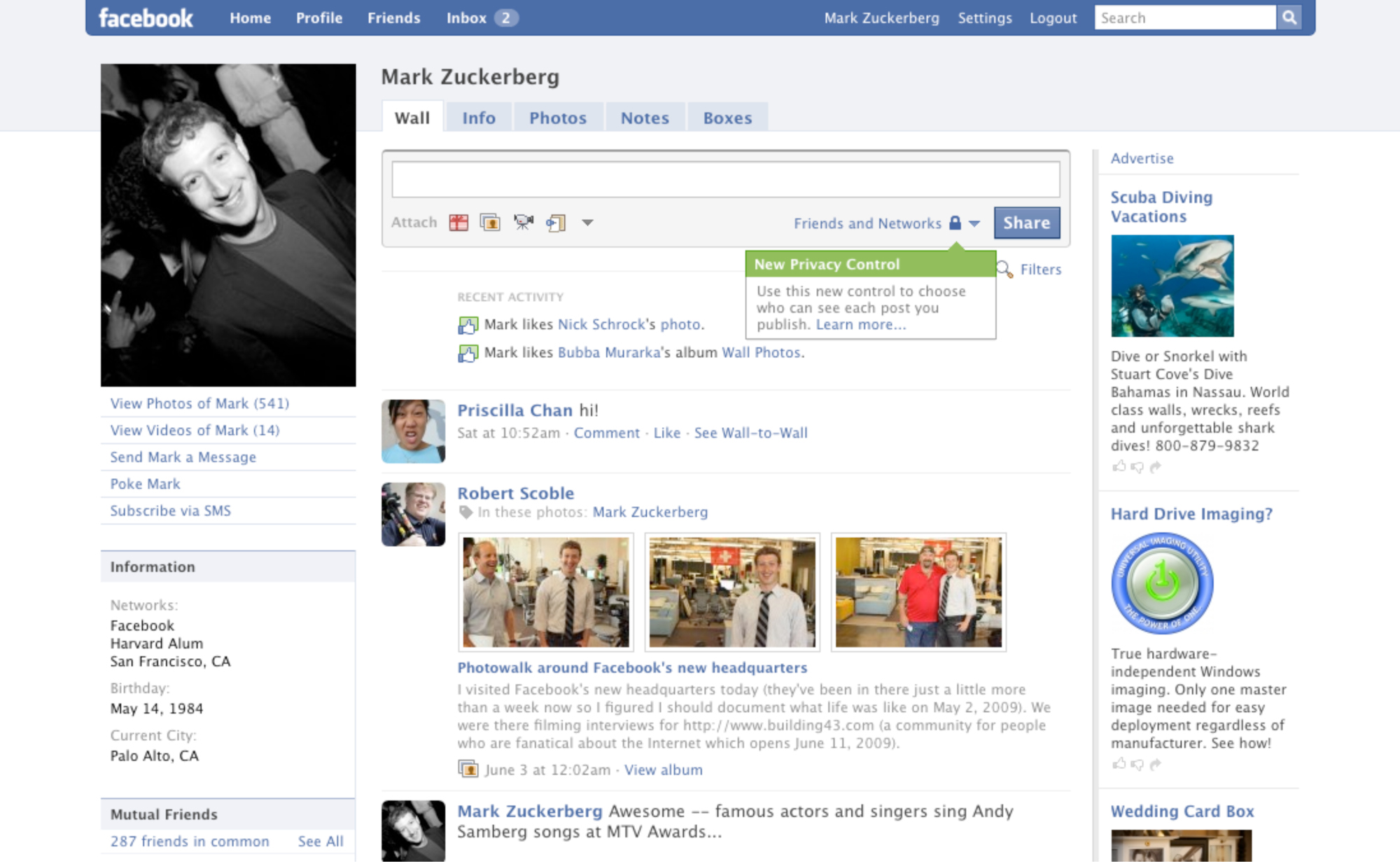
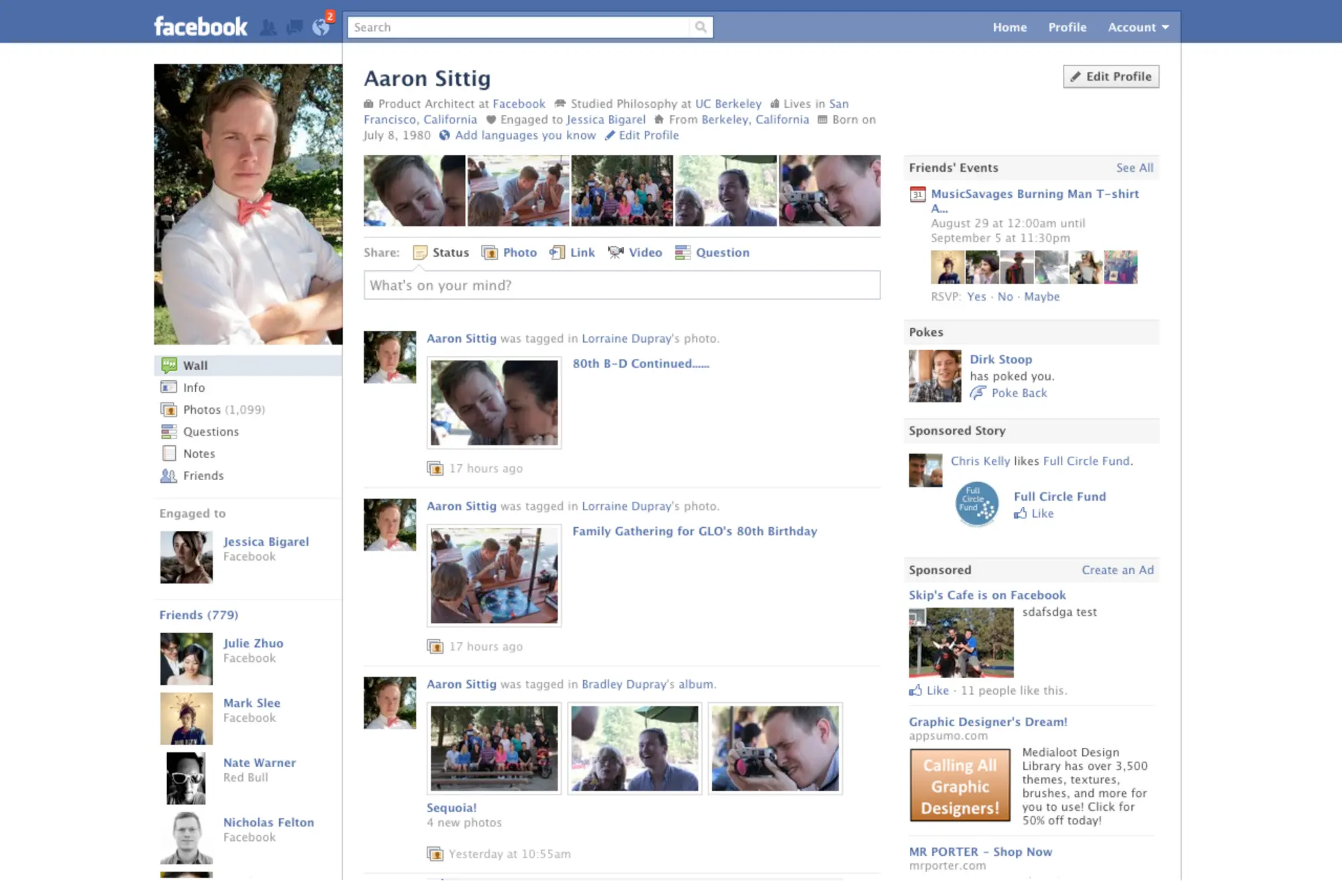


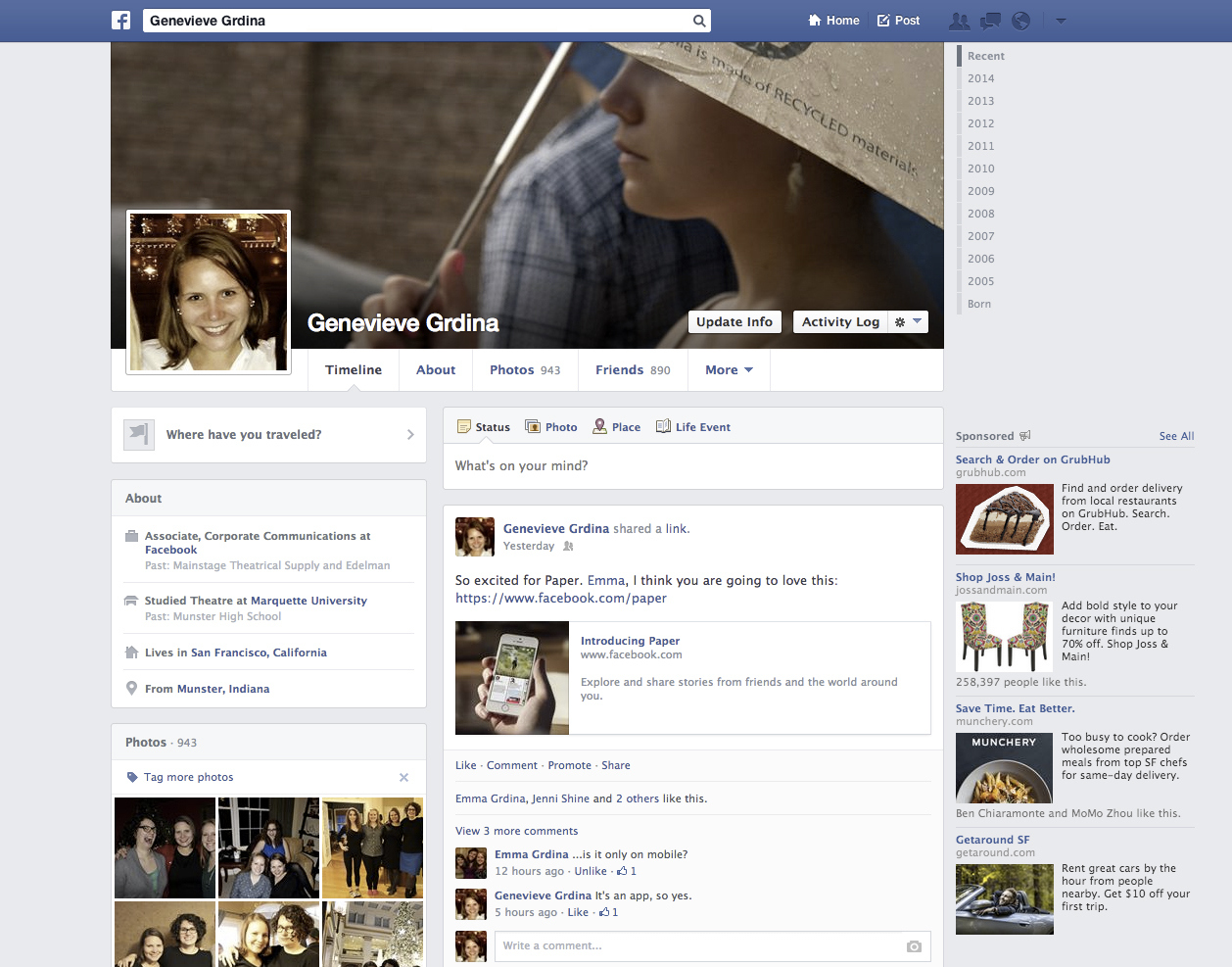

But perhaps the biggest thing separating the two companies is the way they’re run. Facebook will gleefully shove any changes down users’ throats and force them to adapt. The initial introduction (and constant revamping) of the News Feed, the ratcheting down of the organic reach of Page posts and the ongoing tweaks to its privacy policy are good examples. If any of these moves have bred resentment toward the company (Facebook has previously found a spot on lists of the most hated companies in America), it has not hurt business or even broad user engagement.
Twitter, meanwhile, has seen relatively few changes to its core interface since it launched. Sure, Twitter.com got a much-needed overhaul in 2011 and earlier this year profile pages were retooled to resemble Facebook’s Timeline pages, but the core Twitter experience has basically remained untouched. It’s a barrage of super-short messages presented in chronological order, sometimes organized by a set of commands so obtuse they require a glossary — though Twitter is experimenting with showing users tweets from accounts they don’t necessarily follow.
That simply may not be enough to entice the average Internet user. CEO Dick Costolo said Monday that the social network must increase “its overall pace of execution” in introducing new features that make the site more understandable to laymen. But unless they’re willing to rethink the service from the ground up, it’s not clear any amount of tinkering will allow Twitter to achieve his stated goal: building the “largest daily audience in the world.”
More Must-Reads from TIME
- Cybersecurity Experts Are Sounding the Alarm on DOGE
- Meet the 2025 Women of the Year
- The Harsh Truth About Disability Inclusion
- Why Do More Young Adults Have Cancer?
- Colman Domingo Leads With Radical Love
- How to Get Better at Doing Things Alone
- Michelle Zauner Stares Down the Darkness
Contact us at letters@time.com